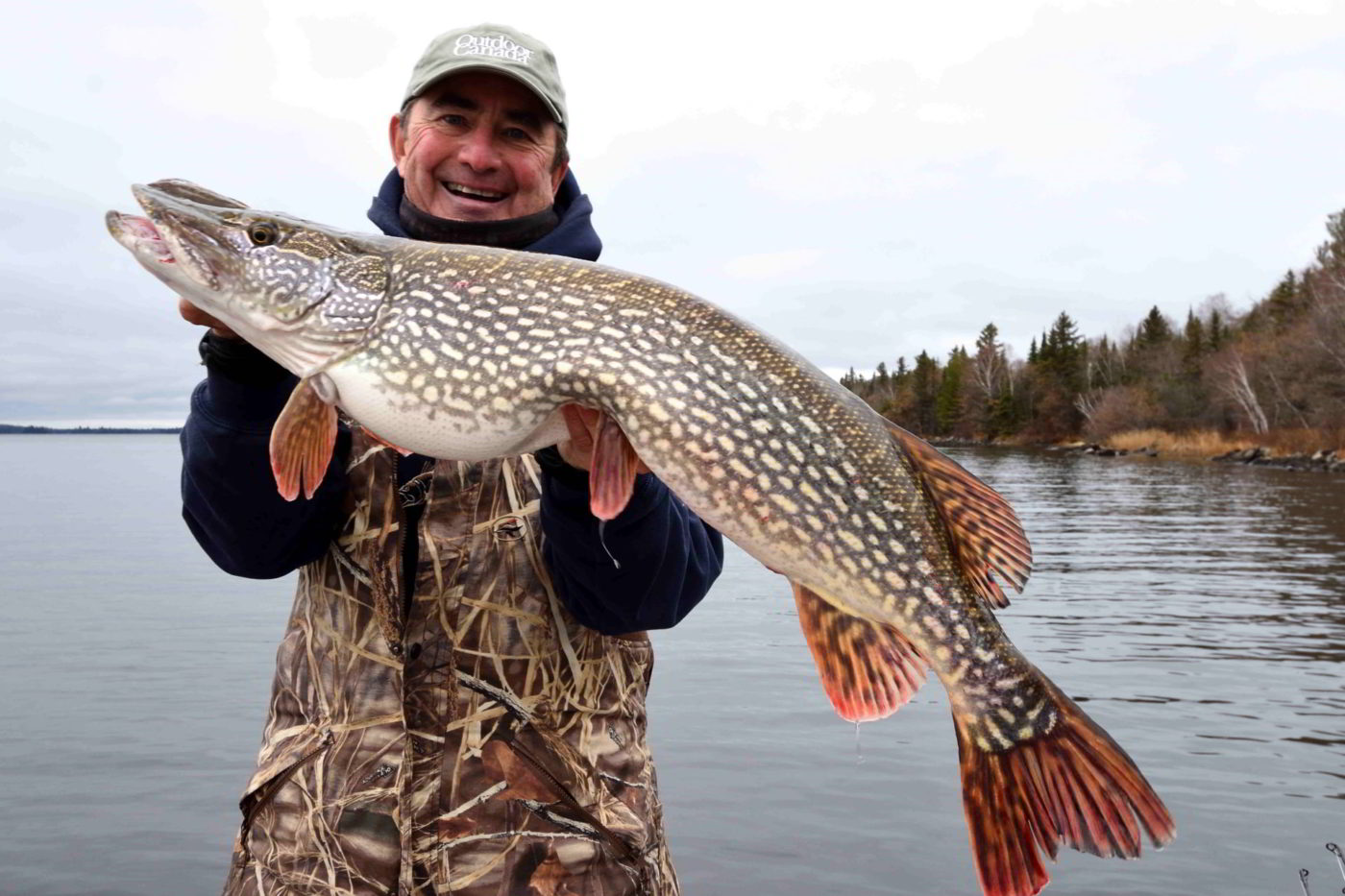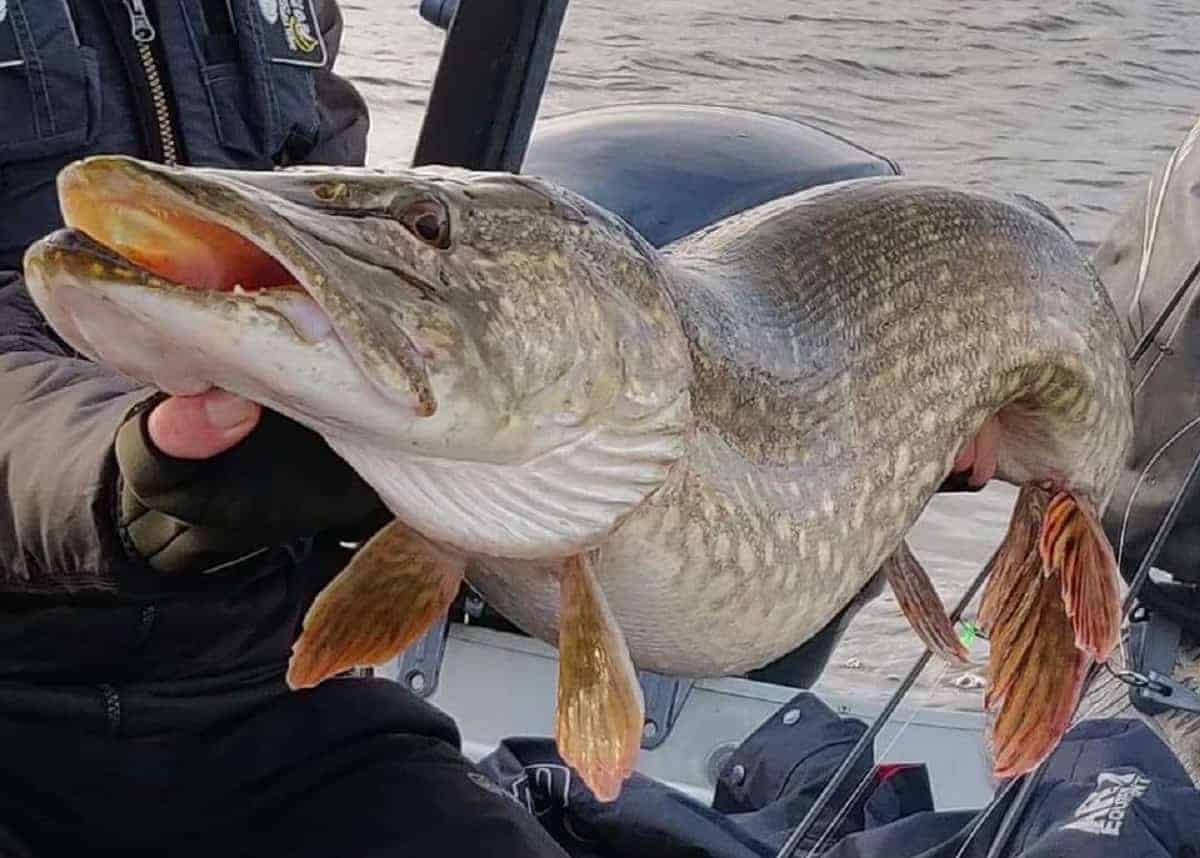Etymology of Pike: Pike Definition

Pike definition – The word “pike” has a rich and varied history, with origins in several different languages. The earliest known use of the term can be traced back to the Middle English word “pike,” which was derived from the Old English word “pic,” meaning “a sharp point.” This word was likely influenced by the Latin word “picus,” which also means “a sharp point.” The term “pike” was originally used to describe a type of spear or lance with a sharp point, and it was later applied to a type of fish with a long, pointed snout.
In the realm of weaponry, a pike stands tall, its sharpened tip piercing through the hearts of foes. But beyond the battlefield, the word “pike” takes on a new meaning in the dynamic world of basketball. Pike meaning basketball refers to a specific type of shot where the player leaps into the air and extends their body to shoot the ball over the defender’s outstretched arms.
It is a testament to the versatility of language that a term from the battlefield can find a home on the basketball court.
Pike in Different Languages
The word “pike” has been borrowed into many different languages, and it has taken on different meanings in each language. In French, the word “pique” is used to describe a type of card game, while in Spanish, the word “pica” is used to describe a type of bullfighting. In German, the word “Pike” is used to describe a type of fish, while in Dutch, the word “piek” is used to describe a type of weapon.
Pike, a slender, predatory fish, is renowned for its elongated, torpedo-shaped body and sharp teeth. It is commonly found in freshwater environments like lakes, rivers, and marshes. Pike is an apex predator, feeding on smaller fish, waterfowl, and even mammals.
Its voracious appetite and aggressive behavior have earned it the nickname “the water wolf.” Discover more about this fascinating fish at pike fish , where you can delve into its habitat, behavior, and the captivating tales surrounding this formidable aquatic creature.
Types of Pike
Pike, a group of carnivorous fish belonging to the genus Esox, encompasses various species that exhibit distinct characteristics, habitats, and behaviors. These formidable predators play crucial ecological roles in aquatic ecosystems worldwide.
Physical Characteristics
Pike species share several physical attributes. Their elongated, torpedo-shaped bodies allow for swift and efficient swimming. Their dorsal fins are positioned far back on their bodies, and their mouths are equipped with sharp, canine-like teeth. These teeth, arranged in multiple rows, enable pike to grip and hold their prey securely.
Habitat and Distribution, Pike definition
Pike are found in diverse aquatic habitats, including freshwater lakes, rivers, ponds, and estuaries. They prefer areas with abundant vegetation, which provides cover for hunting and protection from predators. Pike are widely distributed across North America, Europe, and Asia.
Behavior and Diet
Pike are solitary predators that ambush their prey from concealed positions. They are opportunistic feeders, consuming a wide range of fish, amphibians, birds, and small mammals. Pike have excellent eyesight and use their keen sense of smell to locate prey.
Species Diversity
The genus Esox includes several species of pike, each with unique traits:
- Northern Pike (Esox lucius): The largest and most common pike species, found in North America, Europe, and Asia. They can reach lengths of over 5 feet and weigh up to 40 pounds.
- Chain Pickerel (Esox niger): A smaller pike species found in eastern North America. They typically grow to around 2 feet in length and have a distinctive chain-like pattern on their sides.
- American Pickerel (Esox americanus): Another small pike species found in eastern North America. They are similar in size to chain pickerel but have a more uniform coloration.
- Muskellunge (Esox masquinongy): The largest member of the pike family, found in North America. They can reach lengths of over 6 feet and weigh up to 100 pounds.
Ecological Role
Pike are apex predators that play a vital role in maintaining the balance of aquatic ecosystems. They help control populations of smaller fish, preventing overpopulation and competition for resources. By removing sick and weak individuals, pike contribute to the overall health of fish populations.
Table Summary
The following table summarizes the key differences between pike species:
| Species | Size | Habitat | Distribution |
|---|---|---|---|
| Northern Pike | Largest, up to 5 feet | Lakes, rivers, ponds | North America, Europe, Asia |
| Chain Pickerel | Smaller, up to 2 feet | Eastern North America | Chain-like pattern on sides |
| American Pickerel | Similar to chain pickerel | Eastern North America | Uniform coloration |
| Muskellunge | Largest of the pike family | North America | Up to 6 feet in length |
Pike Fishing

Pike fishing is a challenging and rewarding experience that requires skill, patience, and knowledge. Anglers use a variety of techniques and strategies to catch pike, including trolling, casting, and jigging. The most effective bait and lures for pike vary depending on the season, water conditions, and the size of the pike being targeted.
Regulations and Ethical Considerations
It is important to be aware of the regulations and ethical considerations related to pike fishing. In some areas, there are restrictions on the size and number of pike that can be kept. It is also important to practice catch-and-release fishing to ensure the sustainability of pike populations.
The term “pike” conjures images of a long, slender fish, but it also holds a broader meaning. Its versatility extends beyond the aquatic realm, encompassing a range of concepts. Delving deeper into the “pike meaning” here reveals a rich tapestry of interpretations, from its military significance to its culinary delights.
Understanding the full spectrum of “pike definition” enriches our vocabulary and deepens our appreciation for the nuances of language.
Pike, a voracious predator of freshwater, shares a striking resemblance to its marine counterpart, the sole fish. Sole, known for its flatfish anatomy, inhabits the sandy depths of the ocean, its camouflage skills aiding in evading predators. Like pike, sole is a swift and agile hunter, employing ambush tactics to capture unsuspecting prey.
The connection between these two species lies in their shared predatory nature, highlighting the diverse adaptations that fish have evolved to survive in their respective environments.
The pike definition, a pointed weapon, is distinct from the basketball term “floater.” Floater basketball meaning refers to a shot technique where players gently toss the ball towards the basket, allowing it to “float” in mid-air. This technique requires finesse and control, unlike the sharp thrust of a pike.